Currently Empty: $0.00
Tai Chi Knowledge
Tai Chi Chuan beginner guide for gentle movement
Ever feel like your body could use a little refresh? That’s how I found Tai Chi Chuan—it looks like slow dancing, but it’s actually martial arts. I used to think only old folks in parks did it, but man, was I mistaken! Want better balance, less stress, or smoother moves? Beginner Tai Chi is like discovering a hidden superpower. I’ve answered tons of beginner questions over the years. Let’s go through the top 12 together—I’ll share stories and tips to get you moving smoothly real quick.
Table of Content
- What are basic Tai Chi Chuan moves?
- How often should beginners practice Tai Chi?
- Can Tai Chi help with back pain?
- Do you need special shoes for Tai Chi?
- Is Tai Chi better than yoga for beginners?
- How long to learn Tai Chi Chuan basics?
- Can Tai Chi build muscle strength?
- What to wear for Tai Chi practice?
- Are Tai Chi classes worth the cost?
- How does Tai Chi reduce stress?
- Can overweight people do Tai Chi?
- What’s the best time for Tai Chi practice?
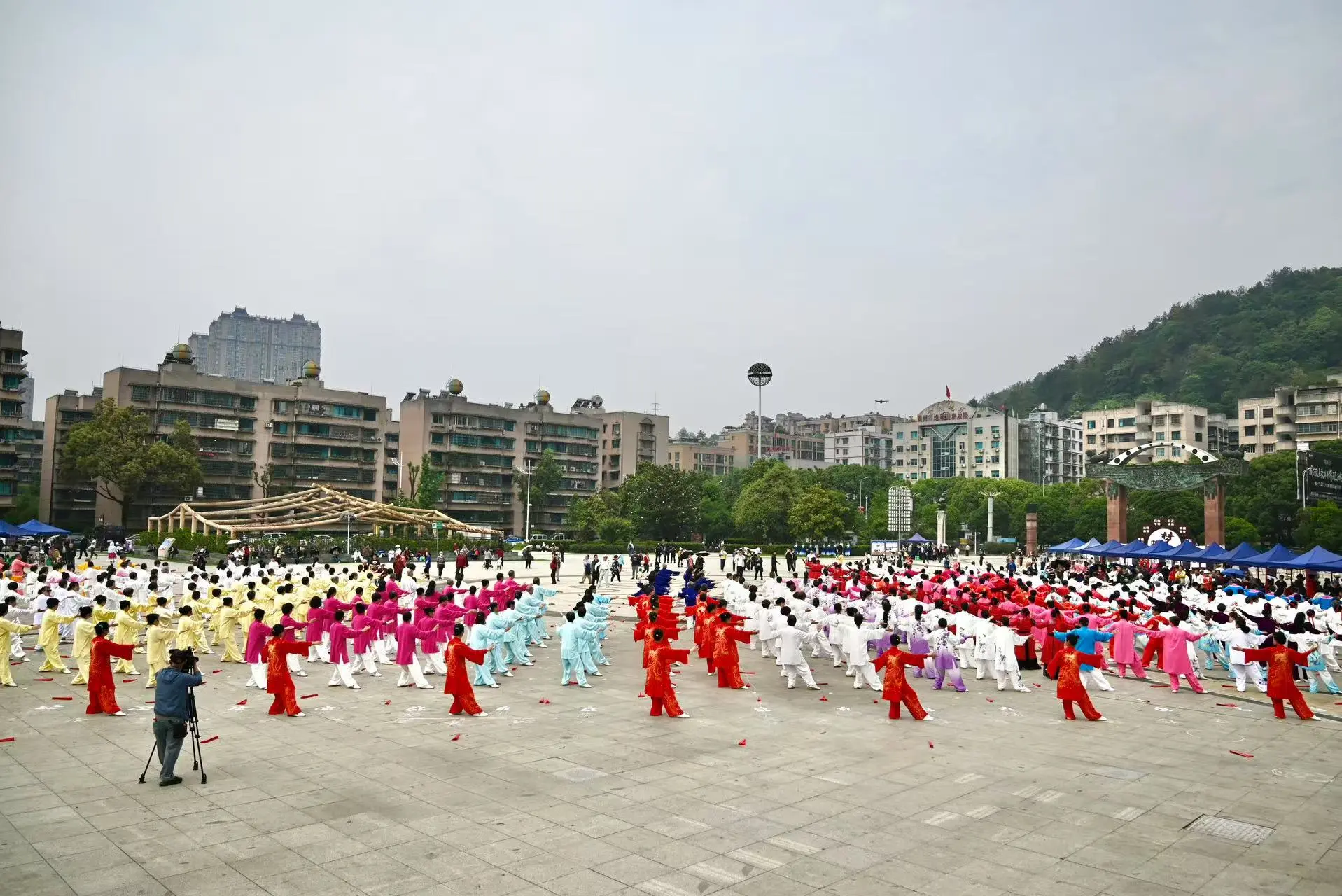
What are basic Tai Chi Chuan moves?
Imagine this: Dawn at Beijing’s Temple of Heaven Park, with hundreds moving together in slow motion.
There I learned Grasp Sparrow’s Tail—the basic combo with four moves: Ward Off, Roll Back, Press, and Push. It’s like your hands are talking to invisible energy.
Newbies should try Cloud Hands first—your arms float like mist between poses. My teacher Master Li would say, Your joints should move smooth like pearls on silk. Here’s a pro tip: Use a mirror to check your knee-to-toe alignment when moving. Most classes start with Yang-style’s 24-form—it’s a 6-minute routine, great for quick practice breaks.
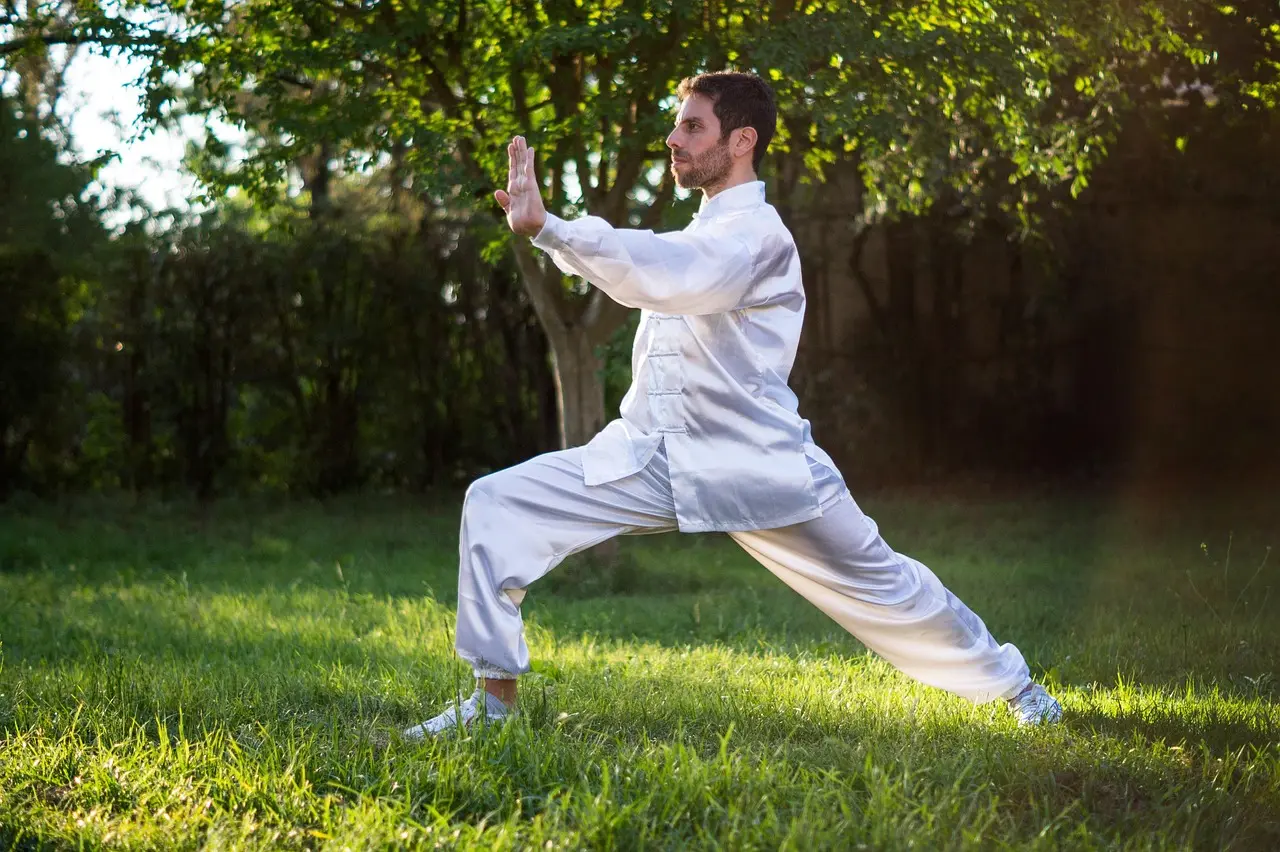
How often should beginners practice Tai Chi?
When I started Tai Chi, I messed up—going hard on weekends then skipping weekdays.
Guess what? My muscles totally rebelled. After some trial and error (and tips from a pro), I found the 15/5 rule works best—15 daily minutes plus 5 minutes breathing beats random long sessions.
Your body learns better with regular short practices. Research shows three 20-minute weekly sessions can boost beginners balance by 38% in two months. I sneak Tai Chi into my day—doing Standing Like a Tree while brushing teeth or footwork during ads.
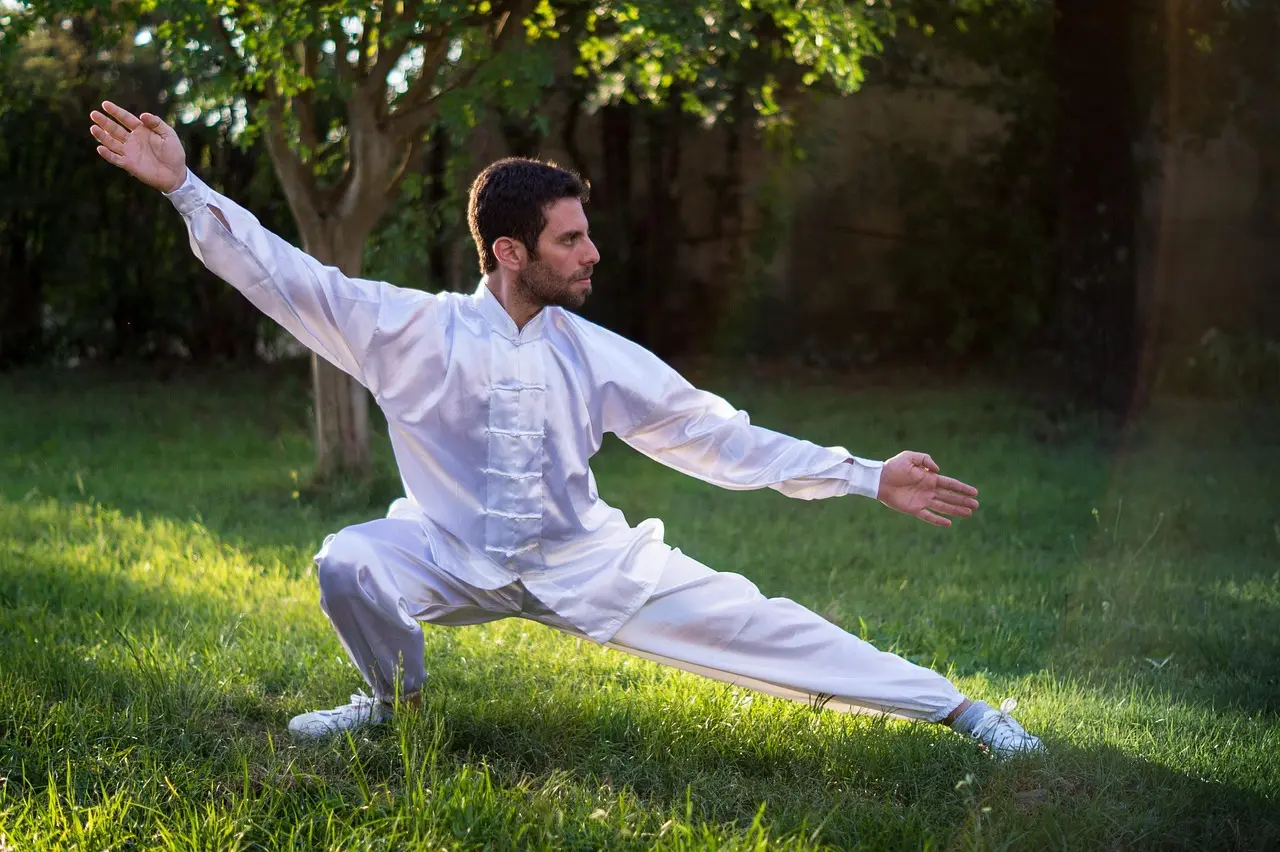
Can Tai Chi help with back pain?
All that college hunching turned me into a walking question mark.
Then Tai Chi saved my spine. The trick is sinking the qi—picture your tailbone slowly dropping like an anchor.
Studies show Tai Chi helps chronic back pain about as much as physical therapy. Wave Hands Like Clouds was my game-changer—its gentle twists relieve spine pressure. Good teachers stress lining up ears, shoulders and hips—my physio calls it the anti-slouch hack. Don’t arch too much—your lower back should feel loose like silk, not tight like a bow.
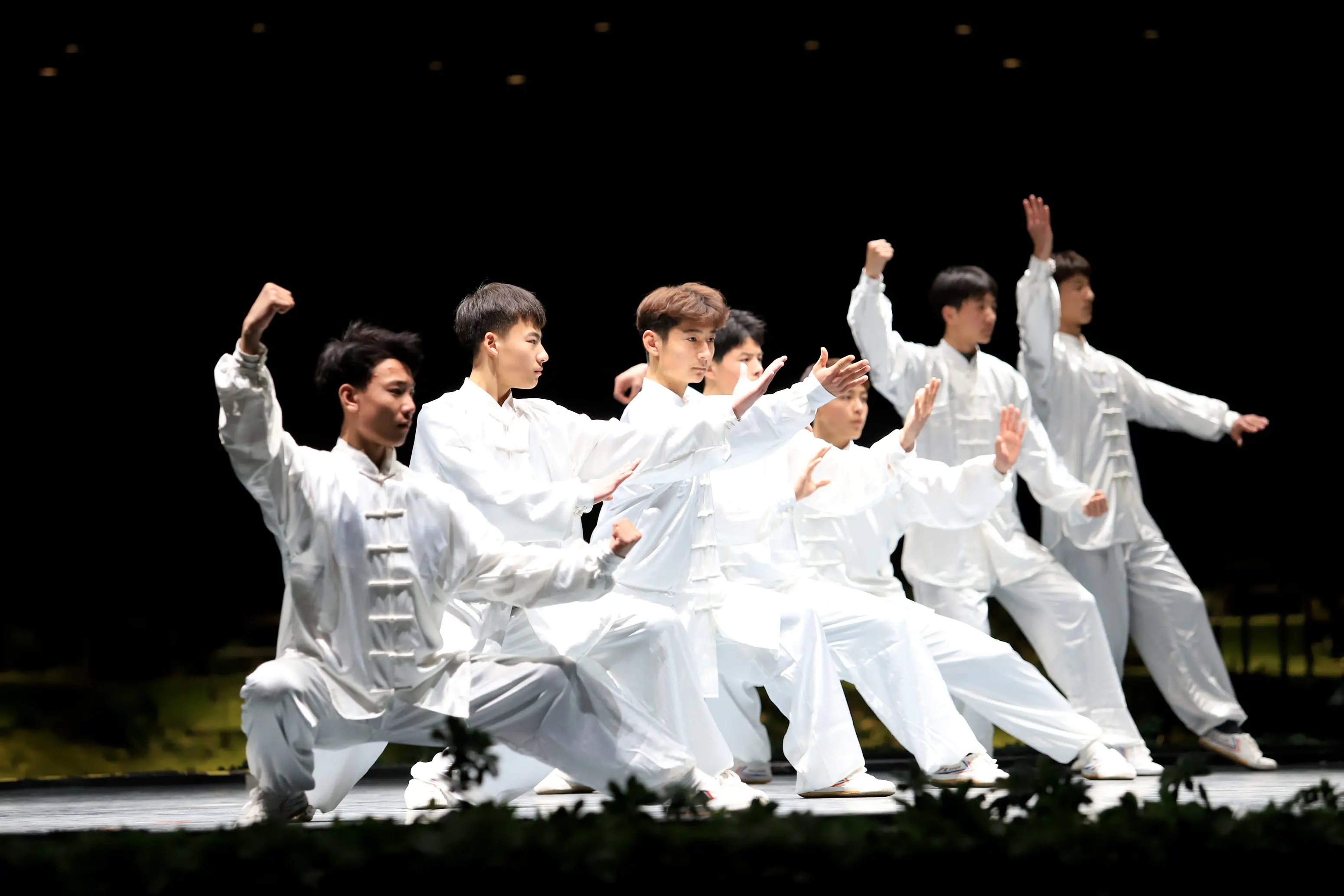
Do you need special shoes for Tai Chi?
My squeaky shoes embarrassed me until a grandma-type whispered, Kid, you’re stomping like a mad buffalo! Real Tai Chi shoes have thin, bendy soles (about 3mm) so you can feel the ground. I got $25 split-toe kung fu shoes—they let my toes spread out like roots.
Feiyue and TCM World make grippy shoes approved for wooden floors. Newbies can try barefoot on safe floors or grippy socks. Big no-no: Running shoes—it’s like writing with oven mitts on!
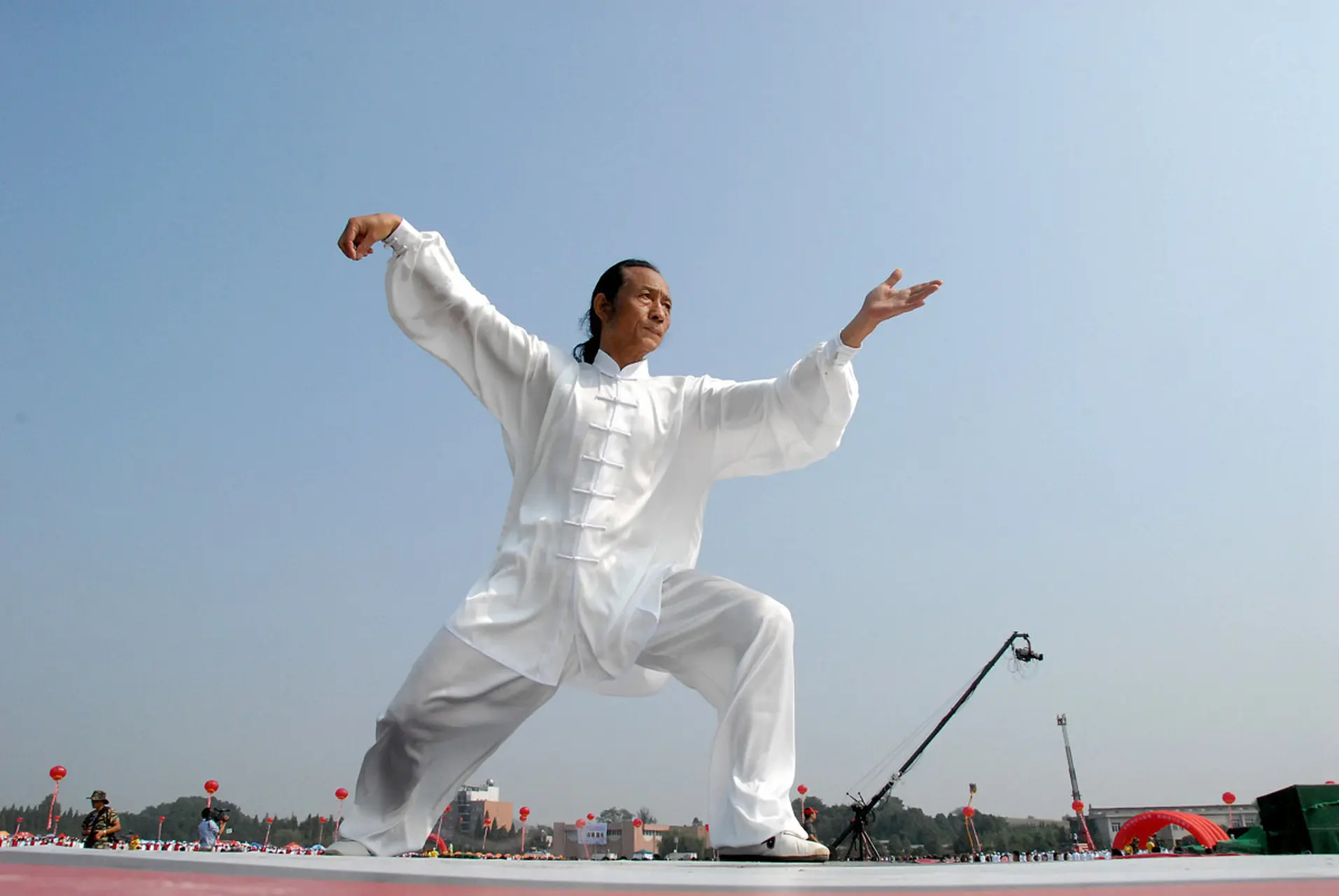
Is Tai Chi better than yoga for beginners?
Tai Chi vs yoga? If you hate twisty poses or sore wrists, Tai Chi’s your jam.
Yoga holds poses, but Tai Chi’s flowing moves boost balance to prevent falls. Harvard found Tai Chi folks have 45% better body awareness than yoga people.
But yoga’s breathing methods are more structured. I mix both—Tai Chi mornings for movement, yoga nights for stretching. If you’ve got arthritis, Tai Chi’s smooth circles hurt less than yoga’s deep stretches. Quick test: If standing up feels wobbly, try Tai Chi’s weight-shifting first.
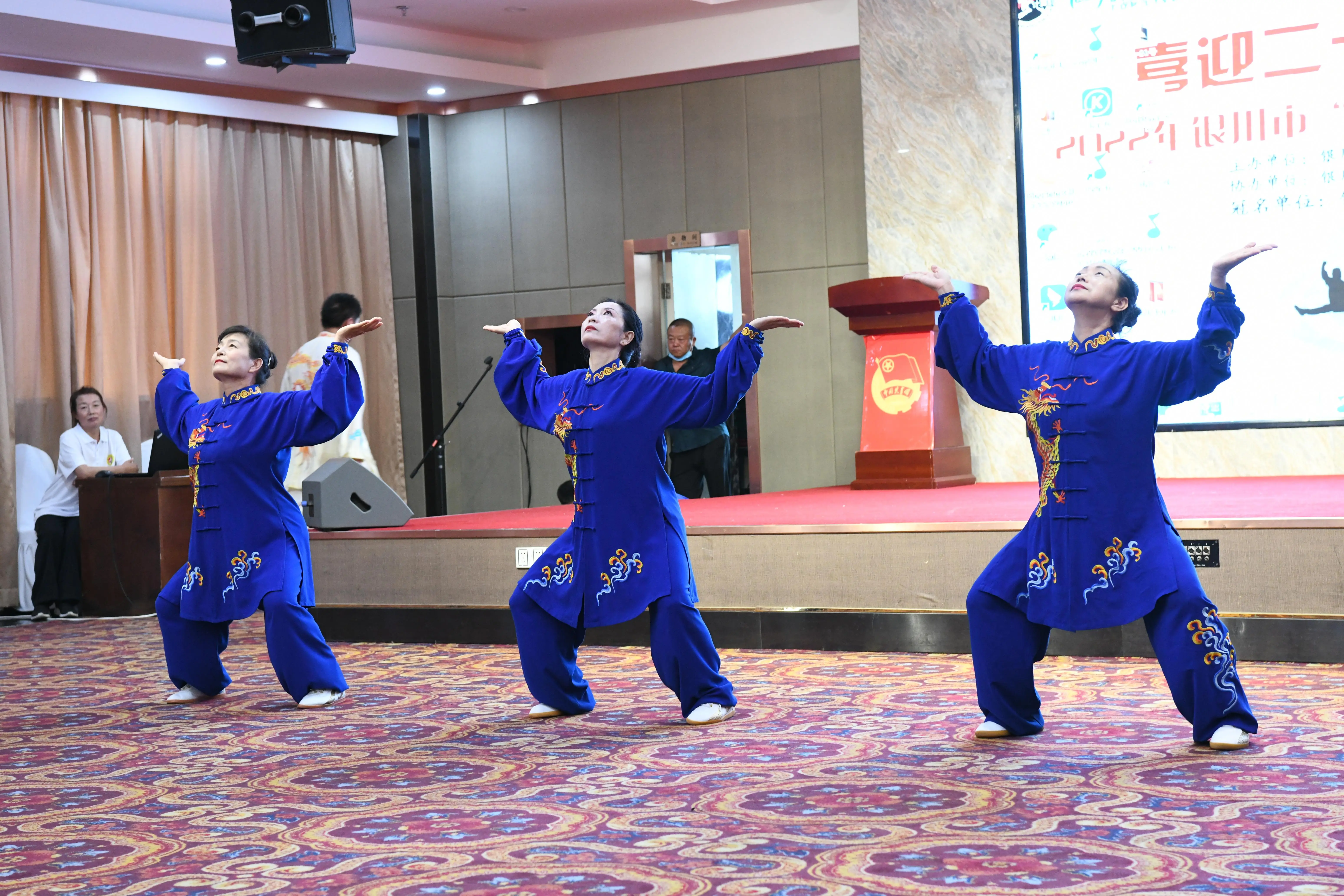
How long to learn Tai Chi Chuan basics?
Learning Tai Chi is like learning to bike—it takes time.
Good schools usually run 8-week beginner courses. Here’s how it goes: First two weeks, you’ll move like a broken robot.
Next two weeks, you’ll link 3-5 moves smoothly. By month three, most can do the short Yang form (5 minutes). At six months, you’ll do moves without thinking—even in checkout lines. Traditional Chinese pedagogy breaks learning into three stages: 1) Correct form (takes ~100 repetitions per move), 2) Fluid transitions (~300 reps), 3) Internal energy flow (~1000 reps). Take your time—even masters say they’re still learning.
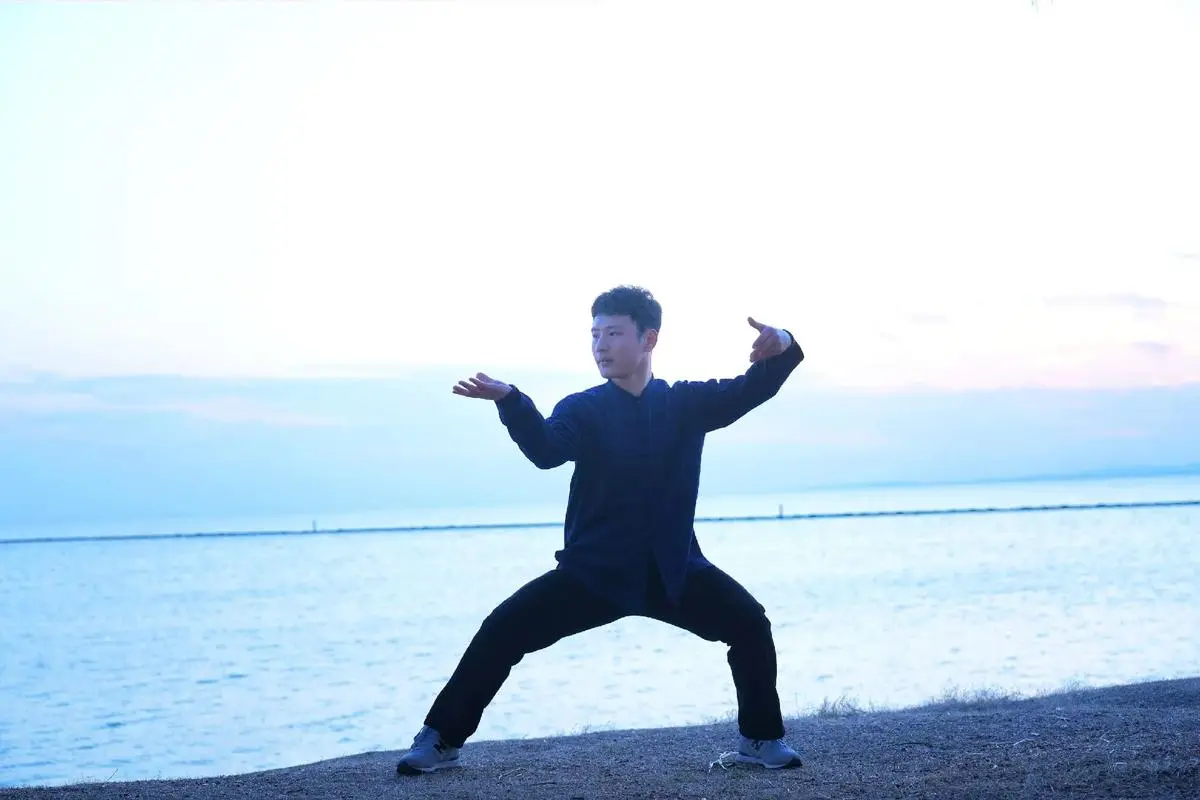
Can Tai Chi build muscle strength?
Don’t be fooled—those slow moves build serious strength.
Poses like Golden Rooster work muscles regular workouts ignore. Research found beginners thighs grew 12% in six months—same as light weight training.
I knew it worked when groceries felt lighter—without lifting weights. The trick? Silk reeling keeps muscles working with spiral movements. Push moves are like slow-motion bench presses for your arms. Try 1lb wrist weights once you’ve got the moves down.
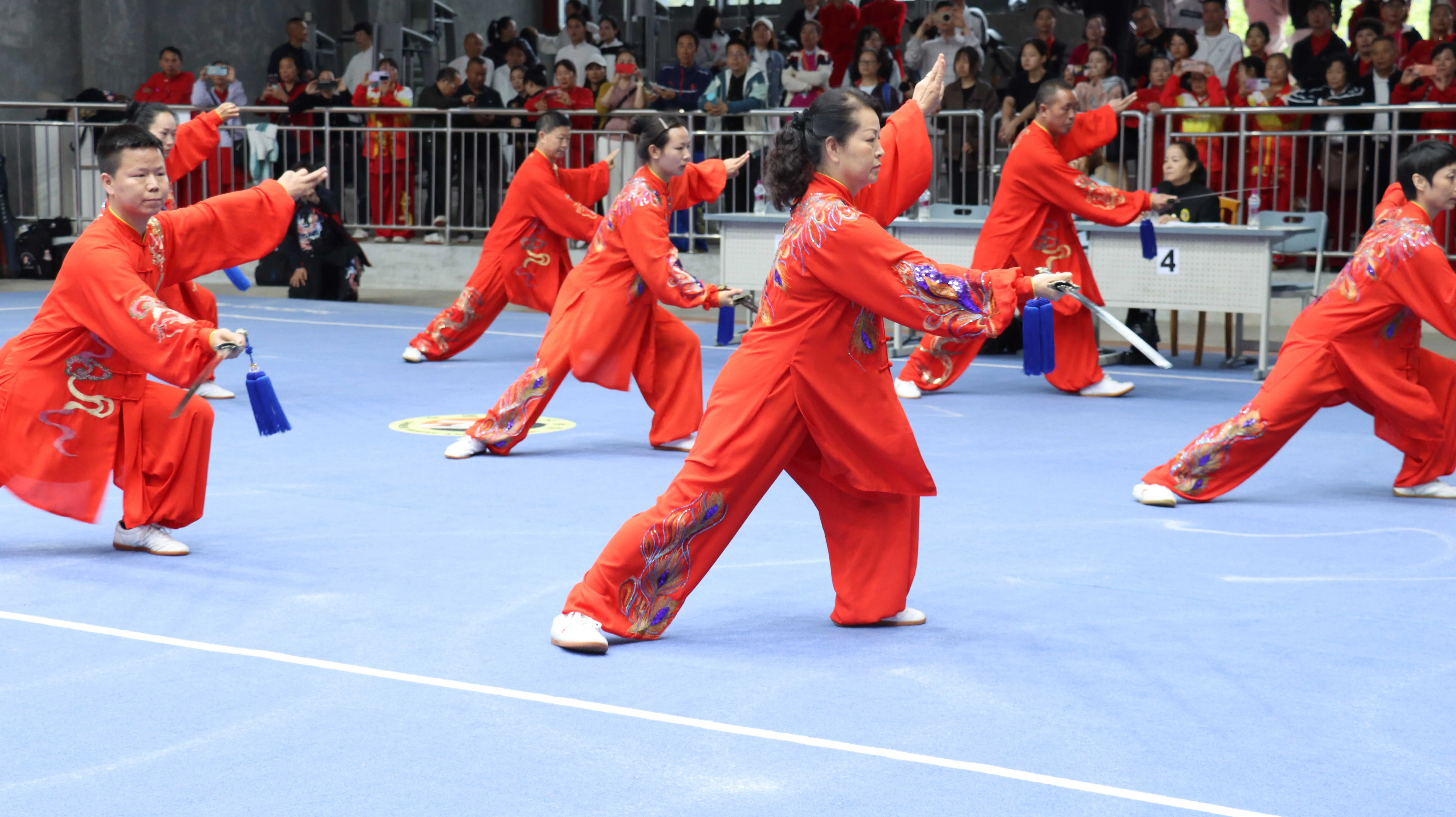
What to wear for Tai Chi practice?
I once wore tight jeans—heard seams pop during kicks! You don’t need fancy outfits—just wear loose clothes that let you move. I like breathable Tai Chi pants with roomy crotches (try Kung Fu Direct or Tai Chi Nation).
Don’t wear super loose tops—they hide your arm moves. Good schools suggest cotton-linen mixes for better energy flow. Pro tip: Wear layers—you’ll heat up differently during meditation vs active moves.
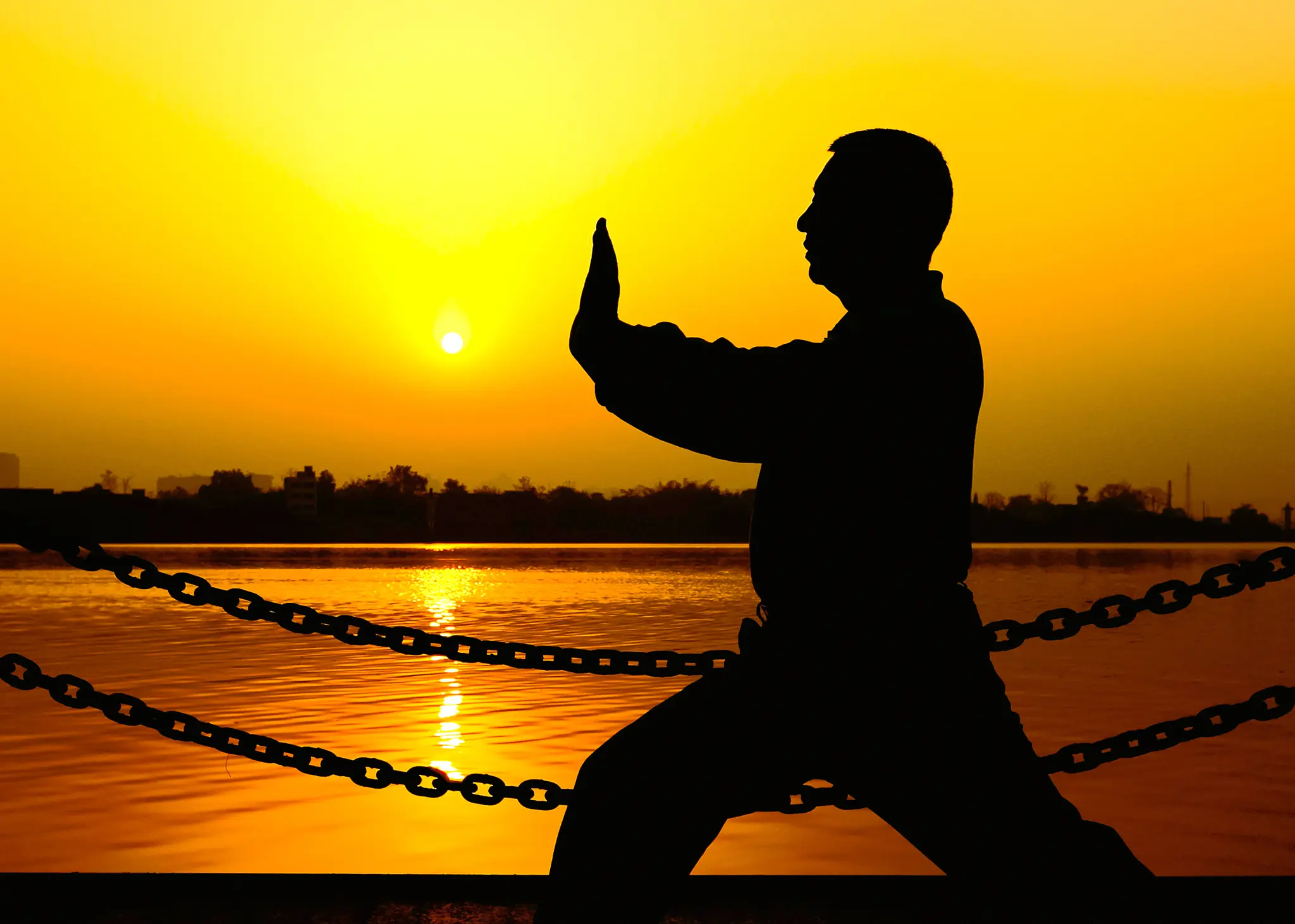
Are Tai Chi classes worth the cost?
After ten years, trust me—skip cheap YouTube lessons unless you want to learn wrong.
You need live feedback—I got knee pain trying to teach myself. Real teachers charge $15-$30 per class—look for GRA or ITCCA certs.
Lots do free first classes. Studies show classes cut fall risk 58% vs learning alone. Check community centers for cheaper classes. Best money tip? Split semi-private lessons with a friend—cheaper plus a practice partner.
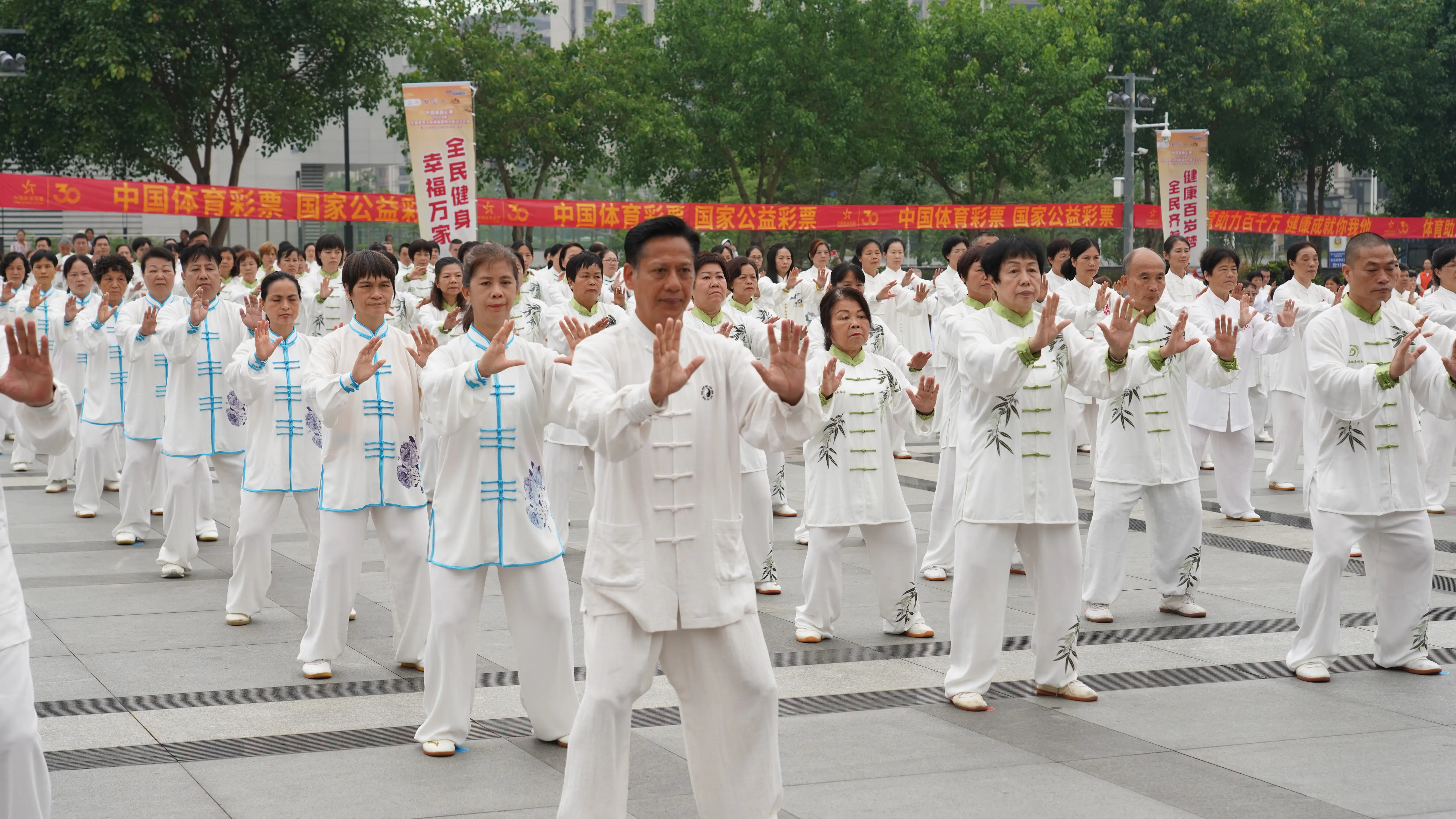
How does Tai Chi reduce stress?
When I was burnt out at work, Tai Chi was like natural chill pills.
It’s like active meditation—moving and breathing together cuts stress hormones. Studies show Tai Chi folks handle stress 18% better than others.
Try Sink the Qi—breathe in raising hands, breathe out imagining stress leaving through your feet. My quick fix? Carry Tiger to Mountain—the rocking calms your nerves fast. Do it near trees—nature boosts the calming power.

Can overweight people do Tai Chi?
As a former plus-sized practitioner, I initially worried about looking like a wobbling panda.
Turns out, Tai Chi is brilliantly adaptable. Modified versions exist for every body type—wider stances for stability, chair-assisted forms if needed.
A University of North Carolina study had obese participants burn 150 calories per 30-minute session (equivalent to brisk walking) without joint strain. My breakthrough came with ‘Wave Hands Like Clouds’ done seated—still improved my circulation dramatically. Look for instructors certified in ‘Tai Chi for Arthritis’ (a Dr. Paul Lam program)—they’re trained in body-positive adaptations. Bonus: The slow pace allows tuning into hunger/fullness cues, often aiding weight management.
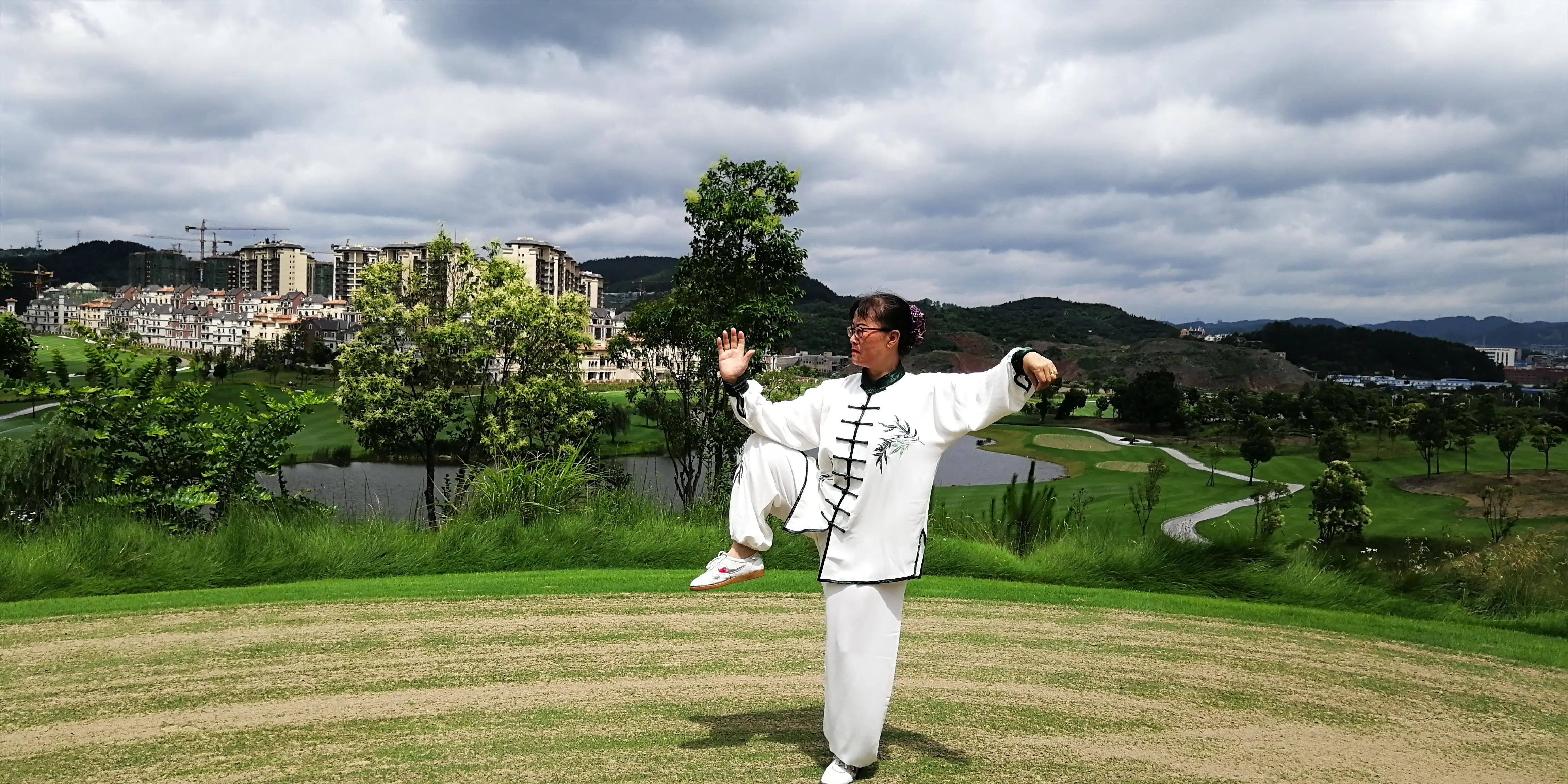
What’s the best time for Tai Chi practice?
Ancient texts swear by dawn practice when ‘yang energy rises,’ but modern science offers flexibility. My circadian rhythm experiments revealed two golden windows: 1) Sunrise (boosts vitamin D synchronizes cortisol rhythm), and 2) Post-dinner (aids digestion better than couch-sitting).
Avoid high noon—a 2020 Chronobiology International study showed motor learning peaks at 4 PM. For shift workers, the ‘3-3-3 Rule’ works: 3 minutes upon waking, 3 minutes pre-meal, 3 minutes pre-bed. My favorite micro-practice? Office ‘covert Tai Chi’—discreet wrist circles during meetings that keep energy flowing without colleagues noticing.
So there you have it—a beginner’s compass to navigating the tranquil waters of Tai Chi Chuan. Whether you’re drawn to its stress-busting superpowers or its graceful movements, remember that every master was once a stiff-hipped beginner.
Why not start today? Find a local class (or clear some living room space), slip into comfy clothes, and let your first ‘Cloud Hands’ sweep away tension. As the old Tai Chi proverb goes: ‘A journey of a thousand miles begins with one breath.’ Your qi is waiting!
